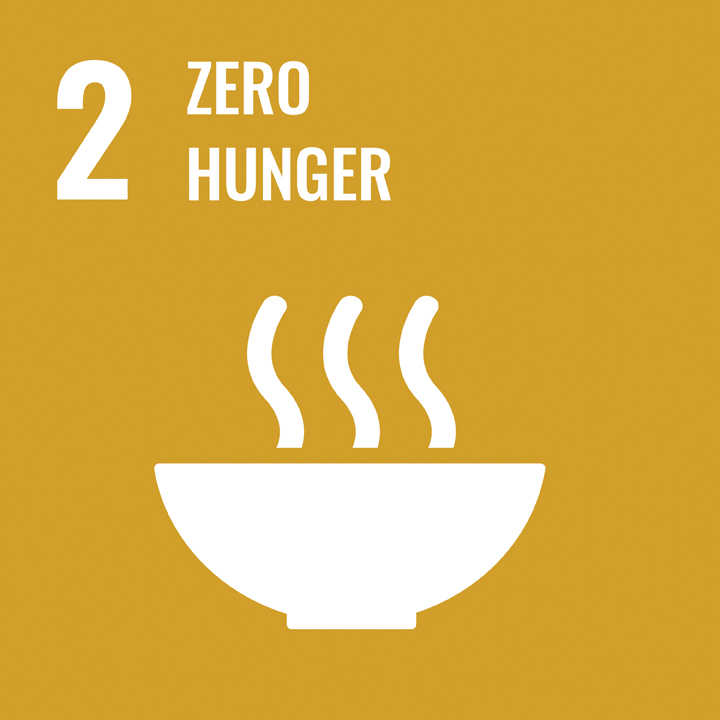
Evaluation of FAO’s contribution to Sustainable Development Goal 2 - End hunger, achieve food security and improved nutrition and promote sustainable agriculture
There is more than enough food produced today to feed every last one of us. Yet between 691 and 783 million people faced hunger in 2022.
Malnutrition, meanwhile, is taking a heavy toll across developing and developed nations. While stunting -- low height for age -- is slowly decreasing, more than two billion adults, adolescents and children are now obese or overweight. The consequences are severe for public health, for national wealth, and for individuals' and communities' quality of life.
These worrying trends coincide with the diminishing availability of land; increasing soil and biodiversity degradation; and more frequent and severe weather events. The impact of climate change on agriculture compounds the situation.
The SDG2 Evaluation will adopt a formative lens to:
- Assess FAO’s past and present work on SDG2-related areas to identify good practices that should be expanded, areas for improvement, and potential gaps that need to be filled.
- Understand FAO’s positioning and its comparative strengths and weaknesses on SDG2, and opportunities for strengthening its delivery.
- Explore the best options going forward to strengthen FAO’s approach, partnerships and programmes in support of SDG2.
- Serve as a baseline for future assessments pertaining FAO’s support to SDG2.
- Evaluation brief
- Report PC 128/3 (Phase 1)
- Report PC 129/3 (Phase 2)
- Video presentation of Part 1
- Main report (Phase 2)
- Management Observations
- Management response (Phase 2)
- Follow-up report
- Annex 1. Terms of Reference
- Annex 2. People interviewed
- Annex 3. List of documents consulted
- Annex 4. Results from the survey of FAO personnel
- Annex 5. Study on FAO’s role in the design of the SDGs
- Annex 6. Portfolio analysis
- Annex 7. Detailed Theory of Change: synergies and trade-offs within SDG2 and other goals
- Annex 8. Concept Note for the conduct of Country Case Studies
- Annex 9. Concept Note for the conduct of Signature Products reviews
- Annex 10. Systematic review of country and project evaluations conducted by OED since 2014
- Annex 11. Signature Product Reviews
- Legal and parliamentarian work on food and nutrition security
- Support to value chain development
- Support to secure tenure of natural resources through VGGTs and other guidelines
- Farmer field schools and their derivatives
- Control of transboundary plant diseases and pests
- Agroecology
- Protection and fair share of genetic resources for food and agriculture
- South-South and triangular cooperation
- Support to agricultural investment
- Support to fair and informed commodity markets and international trade in agriculture
- Rural women’s empowerment
- Urban Food Agenda
- Aquaculture promotion and Blue Growth

